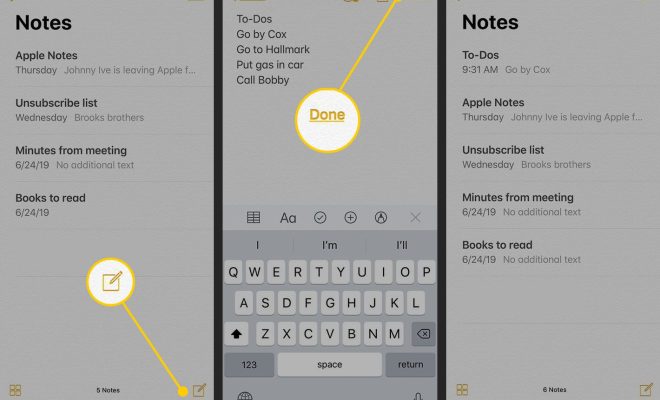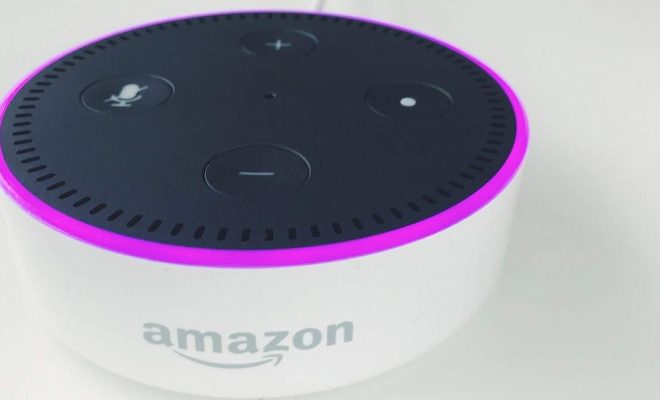USB-A vs. USB-C: What Is the Difference?

USB technology has revolutionized the way we transfer data and charge our devices. Since its first consumer release in 1996, USB has gone through several iterations, with each updated version delivering faster data transfer, better power delivery, and more reliability.
Currently, there are two types of USB connectors that are most commonly used in devices: USB-A and USB-C. Both have similar functions but are different in terms of appearance and ability. This article will give you an in-depth overview of the differences between USB-A and USB-C.
USB-A: What Is It?
USB-A is the original connector developed in the 1990s. It is the most recognizable USB type, and you’ve probably used one before. It is a rectangular-shaped design with a flat end connector, while the other end is plugged into the device. USB-A is usually considered as the host port, the device that offers power and data to another device.
The USB-A port provides maximum speed transfer at approximately 480Mbps (megabytes per second), which is suitable for most data transfer operations. USB-A is an excellent choice for charging small devices like smartphones as it offers up to 2.5W of power output.
USB-C: What Is It?
USB-C was introduced in 2014 and is now the most preferred type of USB port. It has a smaller and sleeker design compared to USB-A, and is reversible. This means you can plug it in any direction without worrying about getting it wrong.
USB-C has become the standard for many devices, including laptops, tablets, and mobile phones. It offers a maximum speed transfer of up to 10Gbps (gigabytes per second), which is approximately 20 times faster than USB-A.
Unlike USB-A, which only offers up to 2.5 W of power output, USB-C offers up to 100 W of power output, enough to charge even laptops. It also boasts additional features such as the ability to transfer audio and video signals, making it a versatile choice for multimedia content creators.
USB-A vs. USB-C: What Are the Differences?
The main differences between USB-A and USB-C lie in the design, speed, power output, and versatility.
Design: USB-A is rectangular and only functions one way, while USB-C is smaller and can be plugged in either way.
Speed: USB-A provides a maximum data transfer rate of 480Mbps, while USB-C offers a speed of up to 10Gbps.
Power output: USB-A only offers up to 2.5W of power output, while USB-C can deliver up to 100W, which is capable of charging laptops.
Versatility: USB-A is limited to data transfer and charging, while USB-C features various functions such as video and audio transfers.
Which One Should You Choose?
Choosing between USB-A and USB-C depends on your devices’ requirements and intended usage. If you have older devices that work well with USB-A, then there is no need to switch to USB-C. USB-A is still an excellent choice for charging phones and transferring data.
However, if you require faster transfer speeds, greater power output, and versatile functionality, then USB-C is the way to go. USB-C compatibility is becoming standard with most modern devices, making it the future of USB connectivity.





